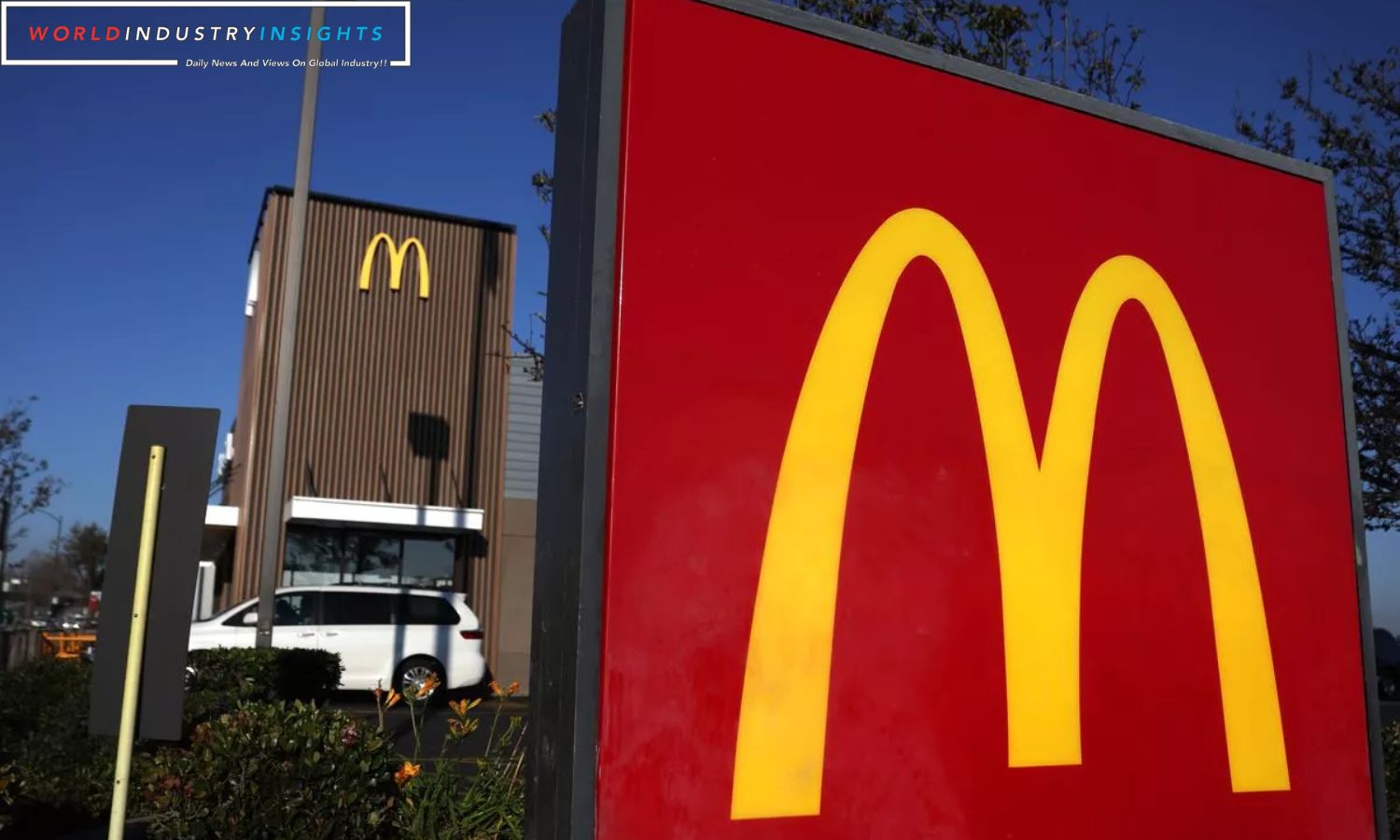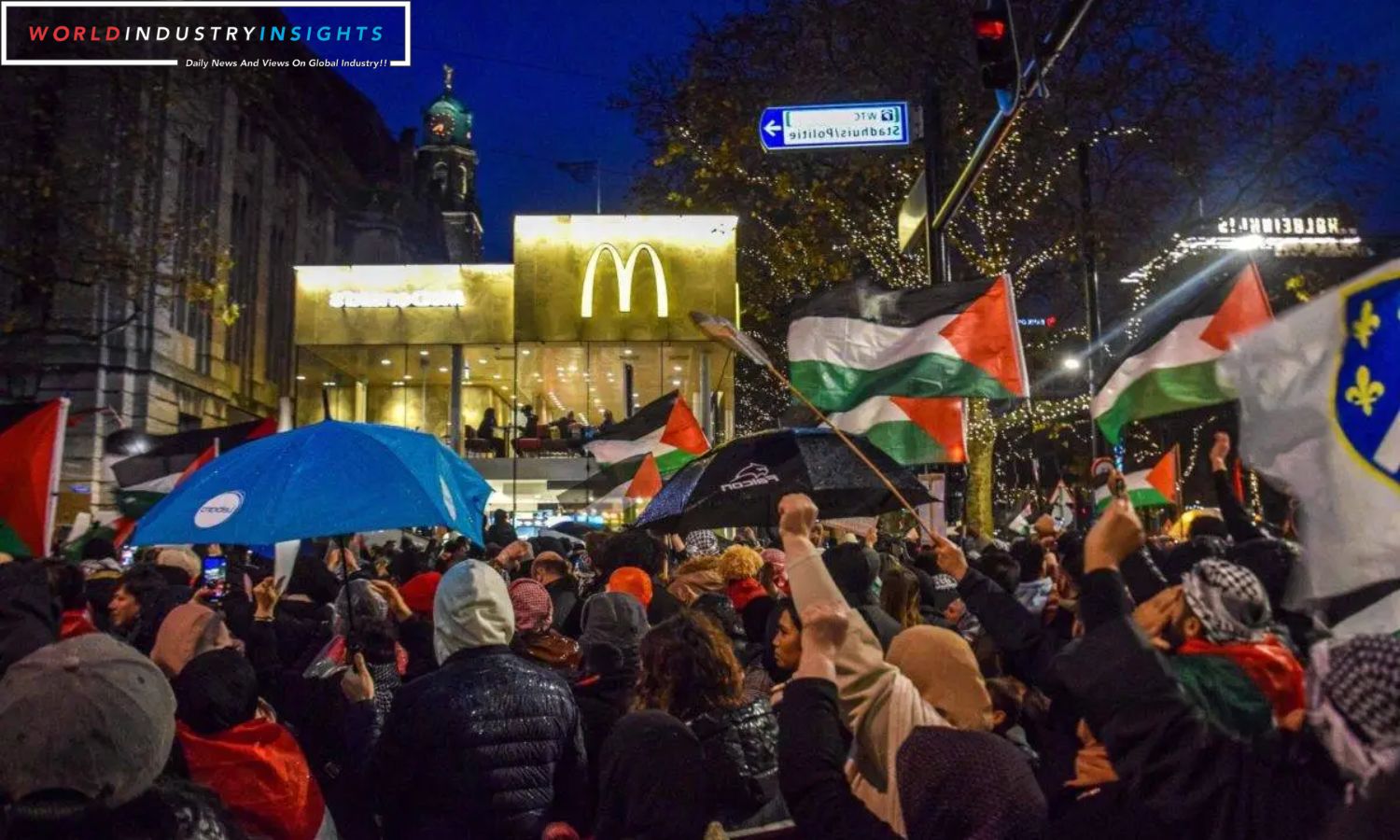Economic Ripples: On a recent evening in Cairo, the symbolic image of a lone worker meticulously cleaning tables in an empty McDonald’s restaurant painted a stark picture of the impact that a largely spontaneous grassroots boycott campaign is having on Western fast-food chains in the region. The campaign, ignited by Israel’s military offensive in the Gaza Strip following a deadly Hamas attack in southern Israel on Oct. 7, is not only confined to Egypt but is casting its shadow over neighboring countries like Jordan and is showing signs of spreading in Kuwait and Morocco. The repercussions, however, seem to be minimal in Saudi Arabia and the United Arab Emirates.
The core of this movement lies in the perception that some of the targeted companies have taken pro-Israeli stances or are alleged to have financial ties to Israel. This sentiment has sparked a surge in boycott calls on social media, encompassing dozens of companies and products. Shoppers, in response to these calls, are shifting their preferences towards local alternatives, giving rise to a significant impact on the sales and footfall of Western brands.
In Egypt, where security restrictions limit the likelihood of street protests, citizens are viewing the boycott as a tangible means to voice their dissent. “I feel that even if I know this will not have a massive impact on the war, then this is the least we can do as citizens of different nations so we don’t feel like our hands are covered in blood,” expressed Reham Hamed, a 31-year-old resident of Cairo, who is actively participating in the boycott by avoiding U.S. fast food chains and certain cleaning products.
Similarly, in Jordan, individuals supporting the boycott have taken a more direct approach, entering McDonald’s and Starbucks branches to encourage customers to divert their business elsewhere. Videos circulating on social media amplify the campaign by urging viewers to boycott well-known detergent brands allegedly used by Israeli troops. Ahmad al-Zaro, a cashier at a supermarket in Amman, affirms the impact, stating, “No one is buying these products.”
The resonance of the boycott is not limited to the Levant; in Kuwait City, a tour of popular Western fast-food branches revealed near-empty establishments. In Rabat, the capital of Morocco, a worker at a Starbucks branch notes a significant drop in customer numbers this week. The magnitude of this movement has prompted a response from companies such as McDonald’s Corp and Starbucks. McDonald’s emphasized its dismay at disinformation regarding its position on the conflict and pledged aid to Gaza. Starbucks, on the other hand, referred to its non-political stance and dismissed rumors of support for the Israeli government or army.
Also Read: Navigating Market Waves: Decoding Oils Slide, Economic Mysteries, and Alibabas Cloudy Future
This boycott movement is not without precedent, but its current scale and impact are unprecedented. It reflects a groundswell of anger over the severity of Israel’s military operation, which has led to a humanitarian crisis and a significant civilian death toll, according to authorities in Gaza. Previous boycott campaigns in Egypt, the Arab world’s most populous nation, had less impact, including those advocated by the Palestinian-led Boycott, Divestment, Sanctions (BDS) movement.
The economic ramifications of the boycott are palpable. An employee at McDonald’s corporate offices in Egypt, speaking on condition of anonymity, reported a staggering decline of at least 70% in October and November sales compared to the same period last year. This economic strain is further echoed by Sameh El Sadat, an Egyptian politician and co-founder of TBS Holding, a supplier to Starbucks and McDonald’s, who noted a drop or slowdown of about 50% in demand from his clients.
While targeted brands attempt to defend themselves with special offers, the boycott campaign persists, resonating beyond the Arab world. In Malaysia, a McDonald’s branch in Putrajaya reportedly sees about 20% fewer customers, and ride-hailing app Grab faced calls for a boycott after the CEO’s wife expressed positive sentiments towards Israel. However, uneven take-up is observed, with some countries like Saudi Arabia, the United Arab Emirates, and Tunisia experiencing no major impact. The efficacy of these boycotts is met with skepticism by some, who question whether consumer actions can truly influence geopolitical conflicts. The debate continues as citizens navigate their choices, balancing economic considerations with deeply held political sentiments.
Our Reader’s Queries
What is economic ripple?
In the realm of economics, the ripple effect is akin to a multiplier. Essentially, the actions of one individual can have a significant impact on the actions of others. For instance, if one person increases their spending, it can lead to an increase in income for others, which in turn can lead to increased spending by those individuals as well. This creates a ripple effect that can have far-reaching consequences.
What is a ripple in business?
The ripple effect is a phenomenon where a single action triggers a chain of events. This can be seen in the business world, where even minor alterations to packaging can have a substantial impact on the overall outcome. The effects of these changes can be far-reaching and can cause a series of other events to occur. It is essential to consider the potential ripple effect of any decision made in business to ensure that the outcome is favorable.
What is an example of a ripple effect?
Dropping a pebble into a pond causes ripples that spread out from the center, affecting the water’s surface in wider circles. Communication works in a similar way, with its ripple effect extending beyond the immediate parties involved in the conversation or message.
How do ripple effects occur throughout the economy?
When the government increases its spending, it creates a ripple effect throughout the economy. To understand the full impact of this increase, we use the marginal propensity to consume (MPC) to calculate the spending multiplier. This multiplier helps us determine the total effect on consumer spending. By analyzing the MPC, we can gain insight into how government spending affects the economy as a whole.


